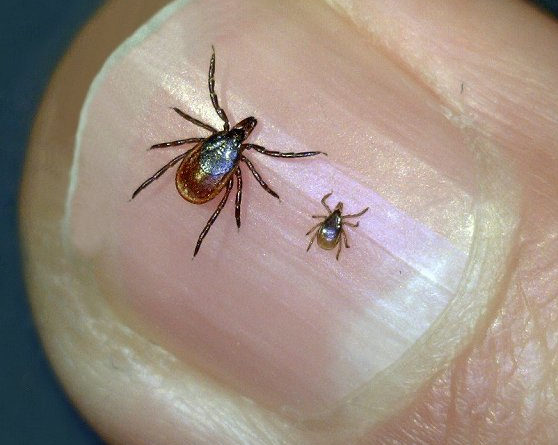If you are a New-Englander, yearly warnings about the rampant tick population in the region and hearing methods of protecting yourself from Lyme disease on the local news are likely a normal part of your life. You probably think about ticks and the dangers they present whenever you are adventuring outdoors, especially at the end of those adventures when you finally retire and search your skin for any unwelcome visitors.

Approximately 14 U.S. states contain 95% of all cases of Lyme disease, and the six states comprising New England are among them. However, Connecticut is Lyme disease’s state-of-origin. The symptoms of Lyme disease and Lyme arthritis, including severe headache and neck stiffness, rashes, joint pain, swelling, and an irregular heartbeat, were first observed in this state in 1975, and the disease is even named after the town in Connecticut where it was first discovered over 45 years ago. One of the truths of living in Connecticut is that we must still work to prevent individual transmission of the illness—from tick to human—to prevent the number of cases each year from increasing. Lyme disease diagnoses in Connecticut are still very common today, as physicians are still engaging in considerable studies and tests to find adequate treatments or vaccines for the disease.
But there is a benefit to the decades of study on Lyme disease: the more we learn about Lyme disease, the more we learn about the insects that host the disease. Ticks are arachnids and are considered external parasites,
Comments
Post a Comment